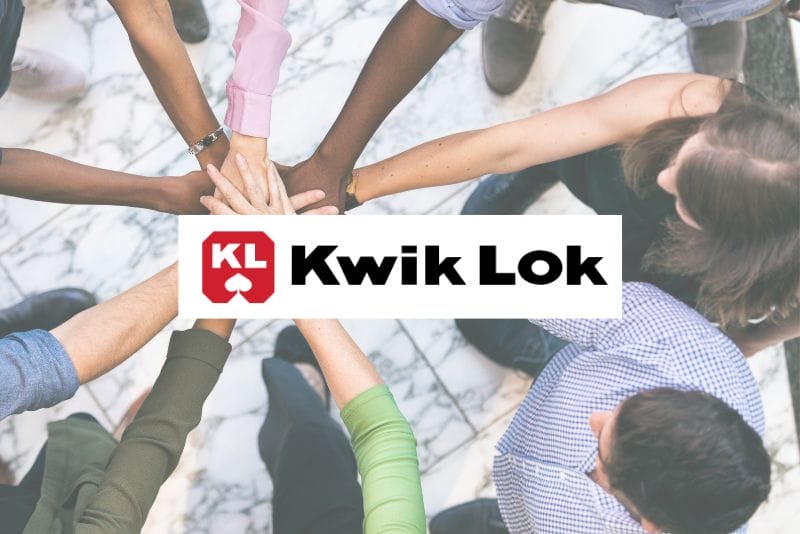YAKIMA, WA — For many companies, diversity, equity and inclusion (DEI) is top of mind for a host of reasons. To some, these are nebulous buzzwords that leaders are still trying to get their minds around. For others, DEI is a platform for change or the foundation of major shifts in a corporate culture. But at the end of the day, it’s truly a matter of awareness.
Kwik Lok, a global leader in packaging closures, has spent several years redefining its corporate culture in areas such as sustainability and diversity.
In 2016 when sisters Stephanie Jackson, Kimberley Paxton-Hagner and Melissa Steiner took the helm as the third generation of Kwik Lok ownership, they had a focus on corporate social responsibility. But in the past two years, they have placed an emphasis on DEI as its own entity.
What began with difficult conversations stemming from social and racial injustice has become a full-fledged cultural transformation for the company. To accomplish this, Kwik Lok promoted Christy Pettey from director of human resources to chief people officer (CPO). In this role, Pettey has spearheaded internal research and developed new strategies for a healthy corporate culture of inclusion.
DEI is a journey, not a destination, and Kwik Lok recently shared some lessons the company is learning along the way.











